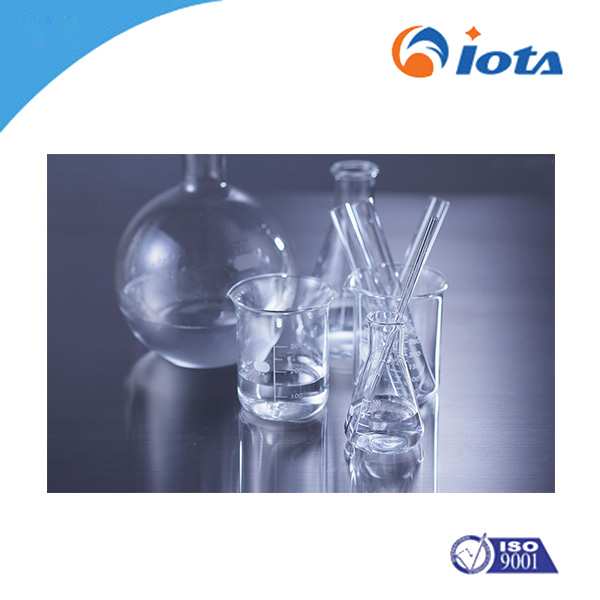
Mechanism of surface modification
The surface modification of vinyl triethoxysilane is mainly achieved through the following steps:
Hydrolysis reaction: The ethoxy group of VTES hydrolyzes under the action of water or moisture to form silanol (Si-OH).
CH₂=CH-Si(OC₂H₅)₃+3H₂O→CH₂=CH-Si(OH)₃+3C₂H₅OHCH₂=CH-Si(OC₂H₅)₃+3H₂O→CH₂=CH-Si(OH)₃+3C₂H₅OH
Condensation reaction: Silanol reacts with the hydroxyl group (-OH) on the surface of the inorganic material to form a strong silicon-oxygen-silicon (Si-O-Si) bond.
CH₂=CH-Si(OH)₃+HO-inorganic surface→CH₂=CH-Si-O-inorganic surface+H₂OCH₂=CH-Si(OH)₃+HO-inorganic surface→CH₂=CH-Si-O-inorganic surface+H₂O
Organic bonding: Vinyl groups and organic polymers form chemical bonds through free radical polymerization or addition reactions, or form physical entanglements at the interface.
This dual action mechanism enables VTES to effectively improve the interfacial compatibility between the organic phase and the inorganic phase.
To learn more, click here
https://www.siliconematerial.net/